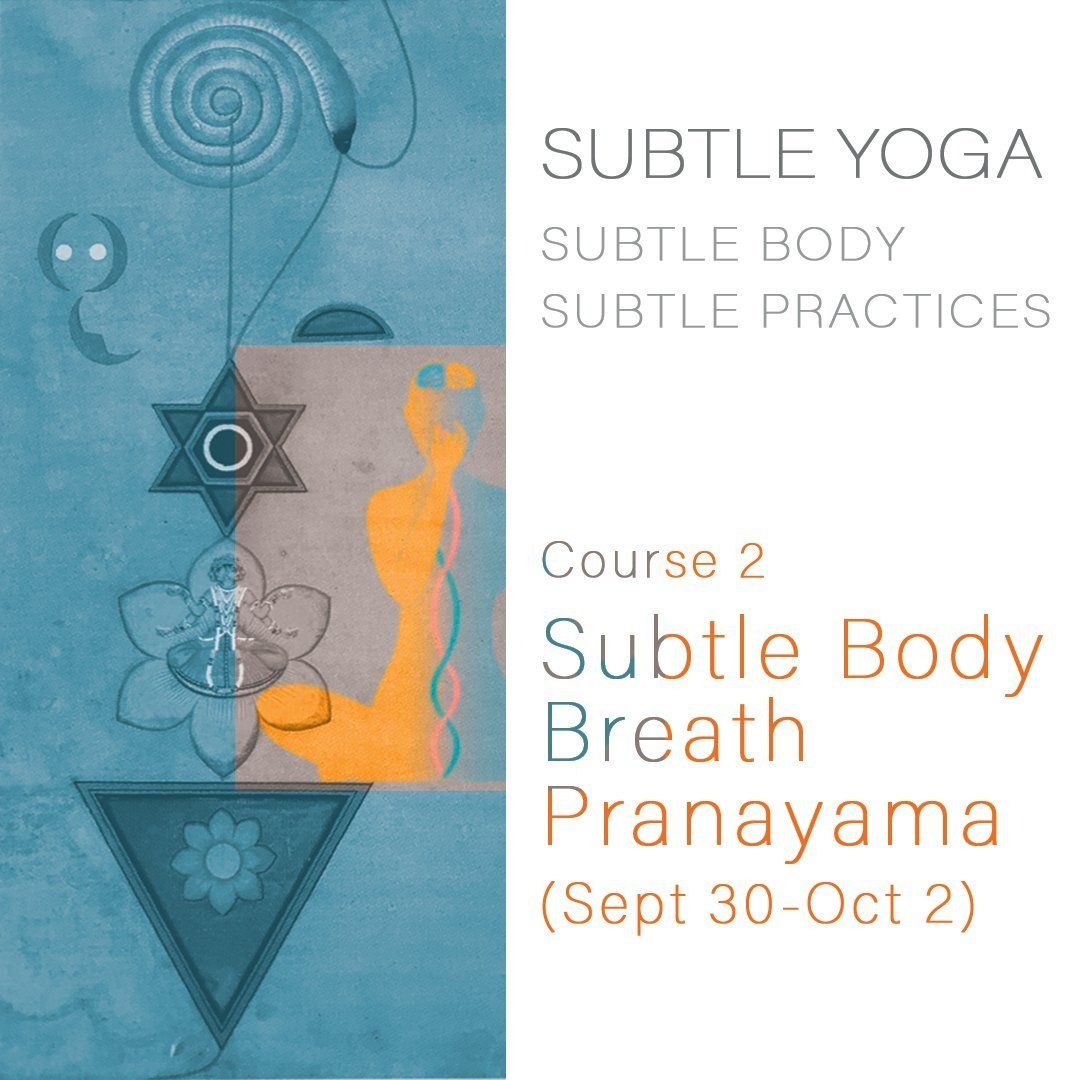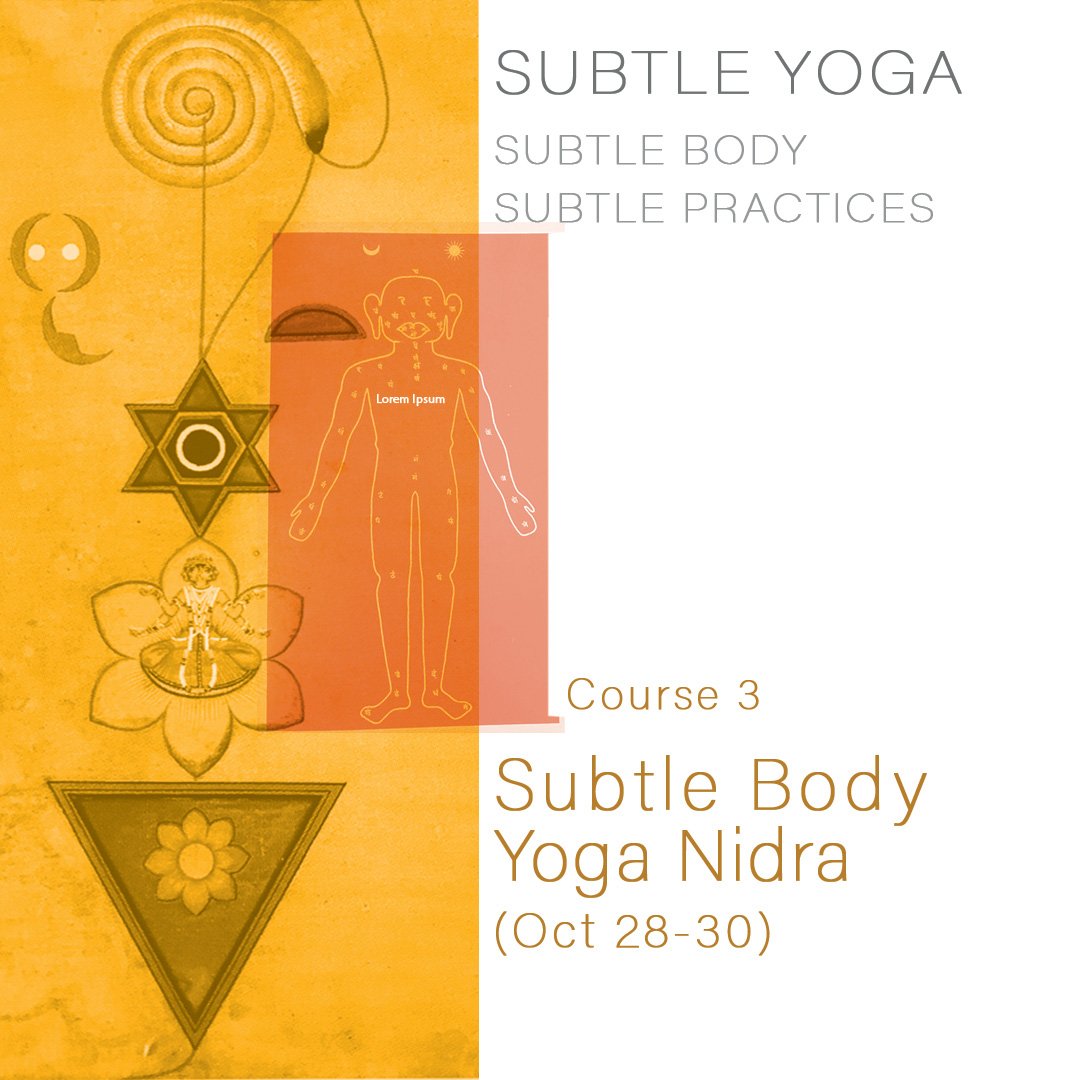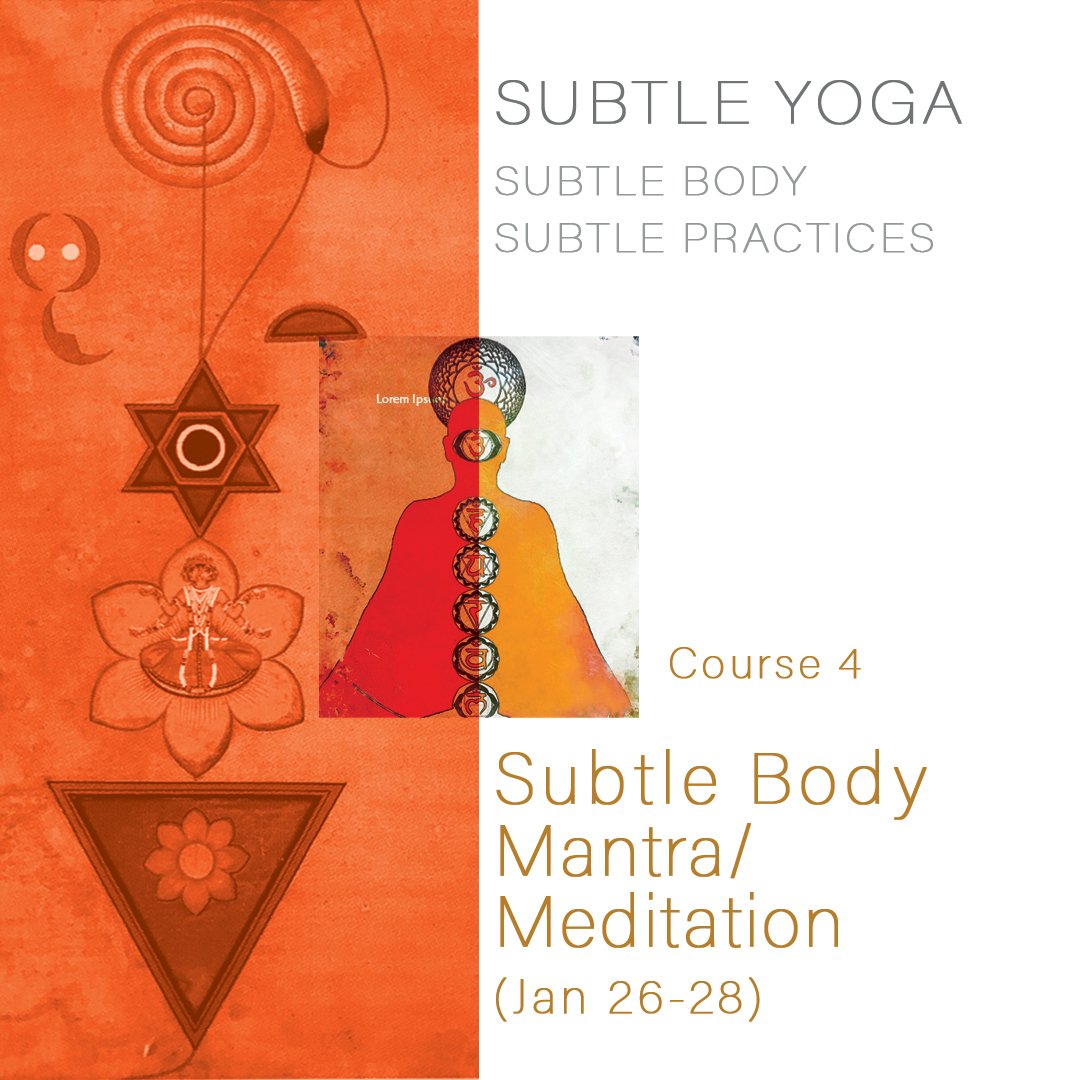Pratyahara and accessing the Subtle Body
Through the study of yoga many of us are familiar with the eight limbed system (ashtanga) delineated by Maharishi Patanjali as the predominant template for practice. Yamas, niyamas, asana and pranayama are often incorporated into yoga classes and education. But the fifth anga (limb) may not be so approachable.
The first four areas of development largely pertain to the physical domain. The reality is that while asana is so beneficial for purifying the body and subsequently giving rise to a sense of physical wellbeing, on its own can’t take and sustain you into more powerful states of being. Asana wasn’t designed for that purpose.
Pranayama has aspects that begin to extend experience and perception beyond the bodily parameters, mainly visavis the sensorial nervous system, and does augment the opening of non-material energetic movement. This is an introduction to the next level of experience that extends beyond physical boundaries that materialistic sciences find perplexing and not empirically verifiable. But from the yogic standpoint, to move beyond the physical is to begin to meet the subtler strata of structures that are intrinsic to human consciousness and must be explored to grasp the scope of human potential.
The fifth anga known as pratyahara serves as a fundamental route to move through the physical domain into the vast realm of what yogis call the sukshma sharira or subtle body and beyond, which has been expertly and minutely mapped. Awareness that has been habitually directed peripherally, away from the internal source of all perception, becomes naturally reoriented; and depleting loss of bio-energy associated with unharnessed and scattered attention is stemmed. Mental tendencies of wandering attention begin to coalesce. This is a fundamental stage of development in yoga.
Through pratyahara refined perception opens to expansive inner subtle substrata that incorporate more refined states of mind. We begin to gain deep understanding into our own dynamics of chitta (individual consciousness) and its myriad functions. Reoriented mental energy now voluntarily directed internally can generate an expanded flow of prana (life force) through the vast network of subtle pranic channels (nadis) as well as chakras (confluence points of nadis). This is the primary skill yoga uses to renew and revitalize in conjunction with specific pranayam exercises. But there are additional transformational practices that are also essential to enhance such development.
This is such a fascinating and important field of work for the evolving person to understand and undertake. And this is precisely why Shantarasa is offering the training entitled Subtle Yoga- Subtle Body Subtle Practices. Please contact us if this level of work resonates with you. We look forward to soon sharing this incredibly rich stream of practice with kindred spirits.




